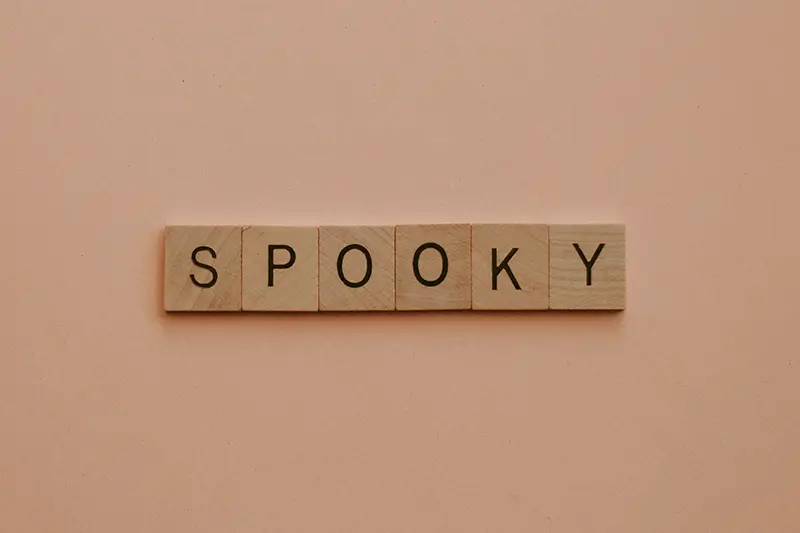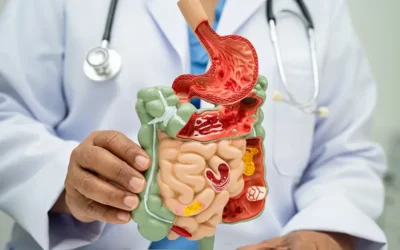Happy Halloween 2018!
Each year, October 31 is celebrated as Halloween day, in remembrance of the dead. With celebrity costumes, scary appearances, witches and spooks, the day will be vibrant, exciting and eerie. However, injuries are also common during Halloween. While documenting such injuries, healthcare providers as well as medical coding companies must be aware of the associated medical codes. Halloween is considered a dangerous time for a pedestrian.
According to a JAMA report, over these Halloweens from 1975 to 2016, a total of 608 pedestrians died – a 43 percent increase compared to random fall nights. Pedestrian traffic risk increases, as celebrations occur at dusk, masks restrict peripheral vision, costumes limit visibility, street-crossing safety is neglected, and some partygoers are impaired by alcohol.
In its recent blog, AAPC discussed some of the ICD-10 codes to document Halloween related injuries. Some of them are funny too.
Get familiar with these codes.
Scary appearances
- R44.0 Auditory hallucinations
- R44.1 Visual hallucinations
- R46.1 Bizarre personal appearance
Vampire related injuries
- K03.0 Excessive attrition of teeth
- S10.17 Other superficial bite of throat
- S10.8 Superficial injury of other specified parts of neck
- S11.95X Open bite of unspecified part of neck, initial encounter
- X32.XXXA Exposure to sunlight, initial encounter
- Y04.1 Assault by human bite
Morphing into a werewolf
- Q84.2 Other congenital malformations of hair
- L68.0 Hirsutism
Witches
- T62.8X1A Toxic effect of other specified noxious substances eaten as food, accidental (unintentional), initial encounter
Candy concerns
Children have fun walking from house-to-house in search of candy, dressed in their preferred Halloween costume. However, these walks could expose them to injury.
- R63.2 Polyphagia (excessive hunger and abnormally large intake of solids by mouth)
- T50.3X1A Poisoning by electrolytic, caloric and water-balance agents, accidental (unintentional), initial encounter
- T78.01 Anaphylactic reaction due to peanuts
Scary locations
- Y92.89 Other specified places as the place of occurrence of the external cause (includes abandoned house)
- Y92.86 Slaughter house as the place of occurrence of the external cause
- Y92.828 Other wilderness area as the place of occurrence of the external cause
Other Halloween-related Injuries
Knife or tool-related injuries you need to be concerned about in an emergency room
- W29.3XXA Contact with powered garden and outdoor hand tools and machinery, initial encounter
- Y93.D Activities involving arts and handcrafts
- A28.1 Cat-scratch disease
Halloween costume masks related injuries
- W22.02 Walked into lamp post
- W31.81 Contact with recreational machinery
- W51.XXXA Accidental striking against or bumped into by another person, initial encounter
- W93.02- Inhalation of dry ice
- X99.2 Assault by sword or dagger
Other codes
- Z62.891 Sibling rivalry
- F22 Delusional disorders (Walking corpse syndrome, Cotard’s syndrome)
- F40.210 Arachnophobia (Fear of spiders)
- F40.298 Other specified phobia (like fear of clowns)
- L81.9 Disorder of pigmentation, unspecified
Physicians treating Halloween injuries can consider medical coding outsourcing services from a reliable company, as experienced coders in such firms will be familiar with all applicable codes and can assign the right ones.
Stay safe this Halloween!




